Materials Joining Laboratory
About the lab
The main focus of the Materials Joining lab is research on joining lightweight, dissimilar, and difficult to weld metals.
Located in North Engineering 2062
Equipment and Facilities
Self-Piercing Riveting
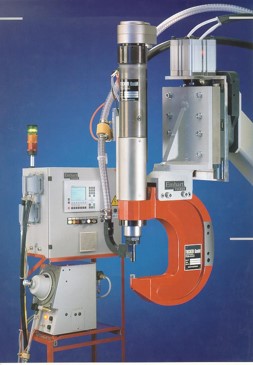
Self-Piercing Riveting is a new technology which largely replaces resistance welding in aluminum sheet assembly. A new driving mechanism, dimensional stability, and process simulation/optimization have been performed
Resistance Welder and Sensing System
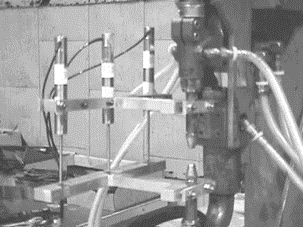
The Resistance Welder and Sensing System in the Materials Joining Laboratory provides an effective means for welding process optimization and welding process monitoring and control. The sensing assembly shown in the picture can be used to determine a welder's mechanical characteristics such as axial and lateral stiffness
Friction-Stir Riveting
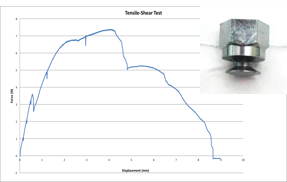
Friction-stir Riveting is a new joining technique developed in the Materials Joining Laboratory. The process is simple to perform and robust, consistently achieving riveting strength far higher than either self-piercing riveting or spot welding.
Double Pendulum Impact Tester
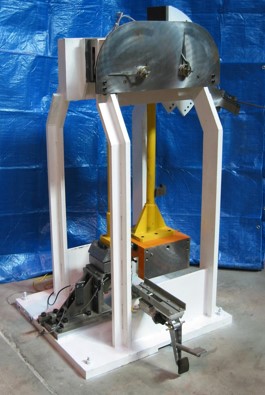
The Double Pendulum Impact Tester is specifically developed for testing the impact strength of joints. It has been used to test resistance-spot welded, arc-welded and riveted joints. It is a recommended test by the American Welding Society.
Research
Structural Optimization
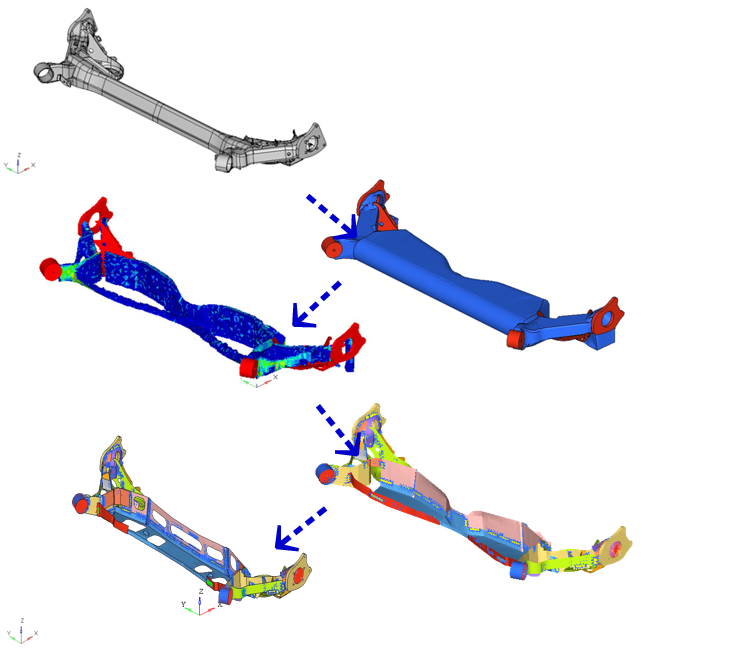
Structural Optimization deals with the optimal design of load-carrying mechanical structures. The image above shows the process of optimizing a vehicle rear axle starting with the current structure followed by the design space considering the loadings and constraints, then a topology-optimized structure, and sheet metal assembly, and finally the optimized sheet metal assembly.
Joining of light materials
Light metals have been extensively used in the automotive industry for weight reduction in the last two decades in order to reduce emission and improve fuel economy; aluminum alloys are the most promising candidate for this purpose. As the enabling technology, welding aluminum has been a challenge for welding practitioners. As a result, a large portion of aluminum joining is performed through alternative joining approaches. A number of mechanical joining techniques for joining difficult-to-weld and dissimilar light metals have been researched at UT. For instance, impact self-piercing riveting and friction-stir riveting were developed in the Materials Joining Lab. Such efforts in welding/material joining are critical for the use of aluminum in large volume production, resulting in significant economic and environmental benefits to the society. Standard mechanical testing and metallographic examination techniques are employed in the research.


